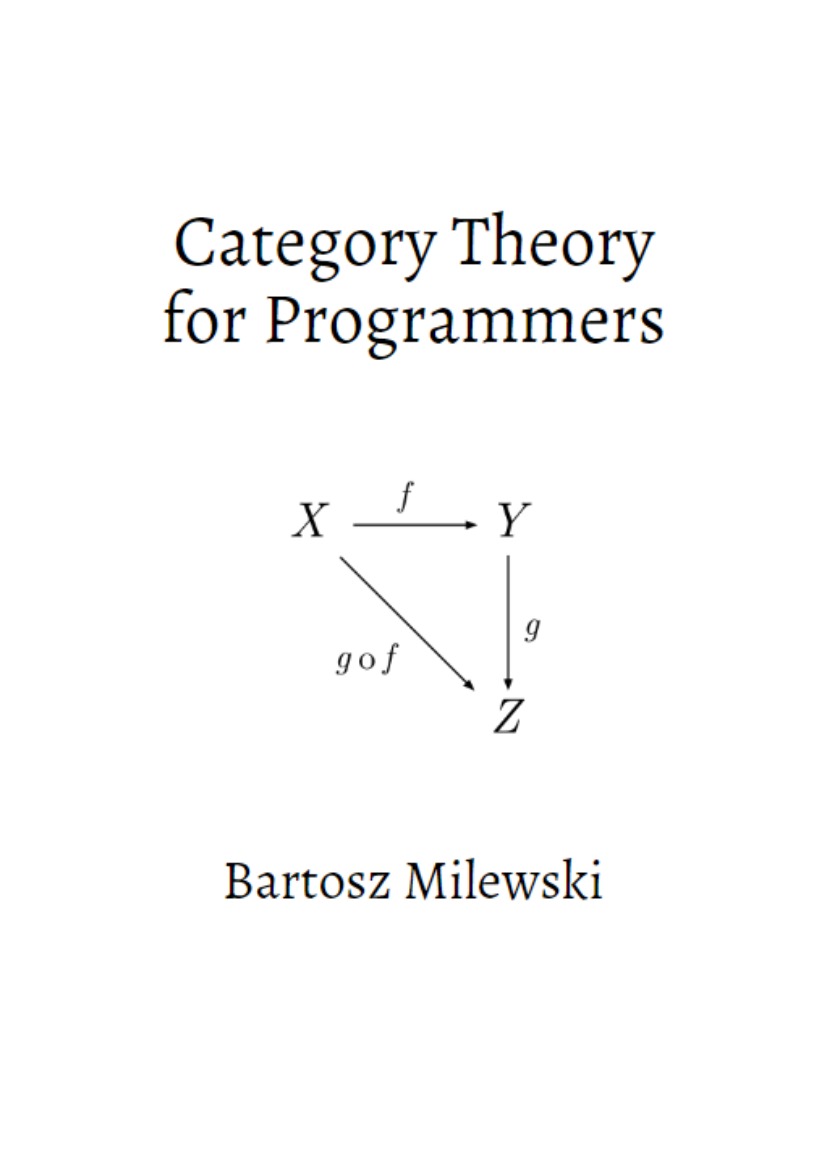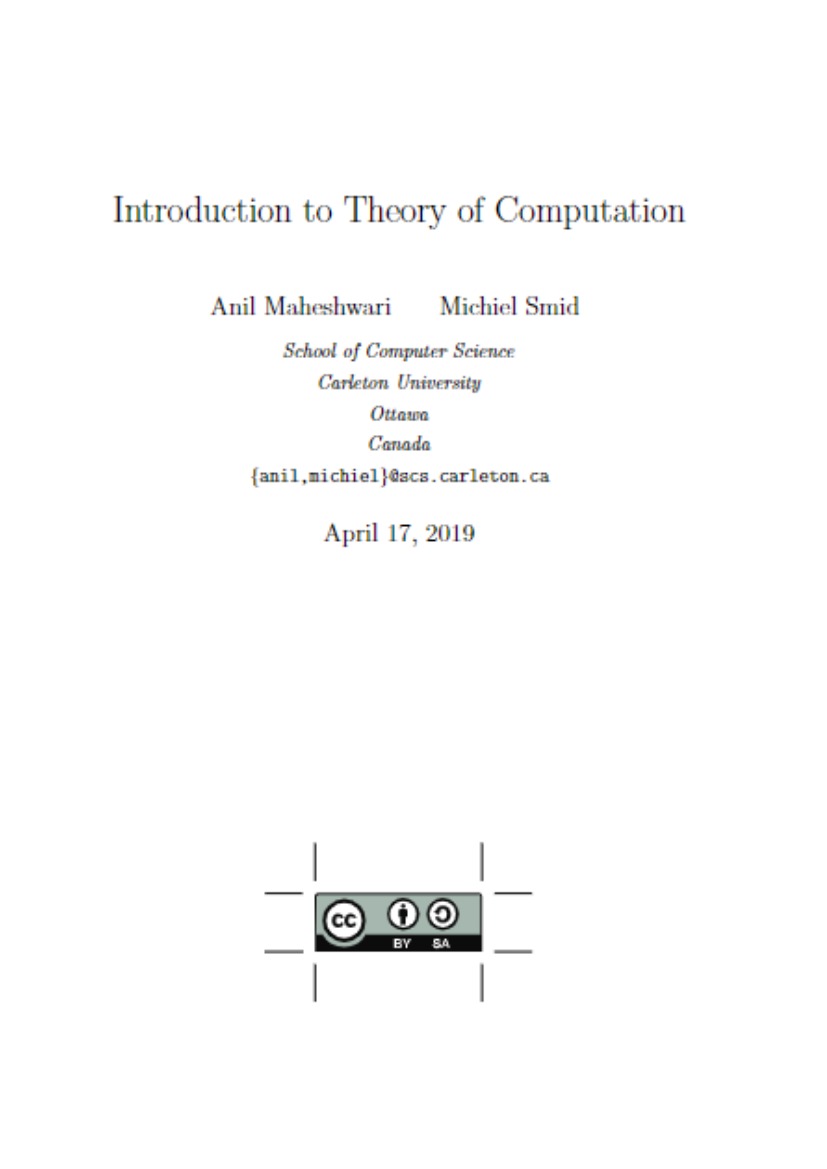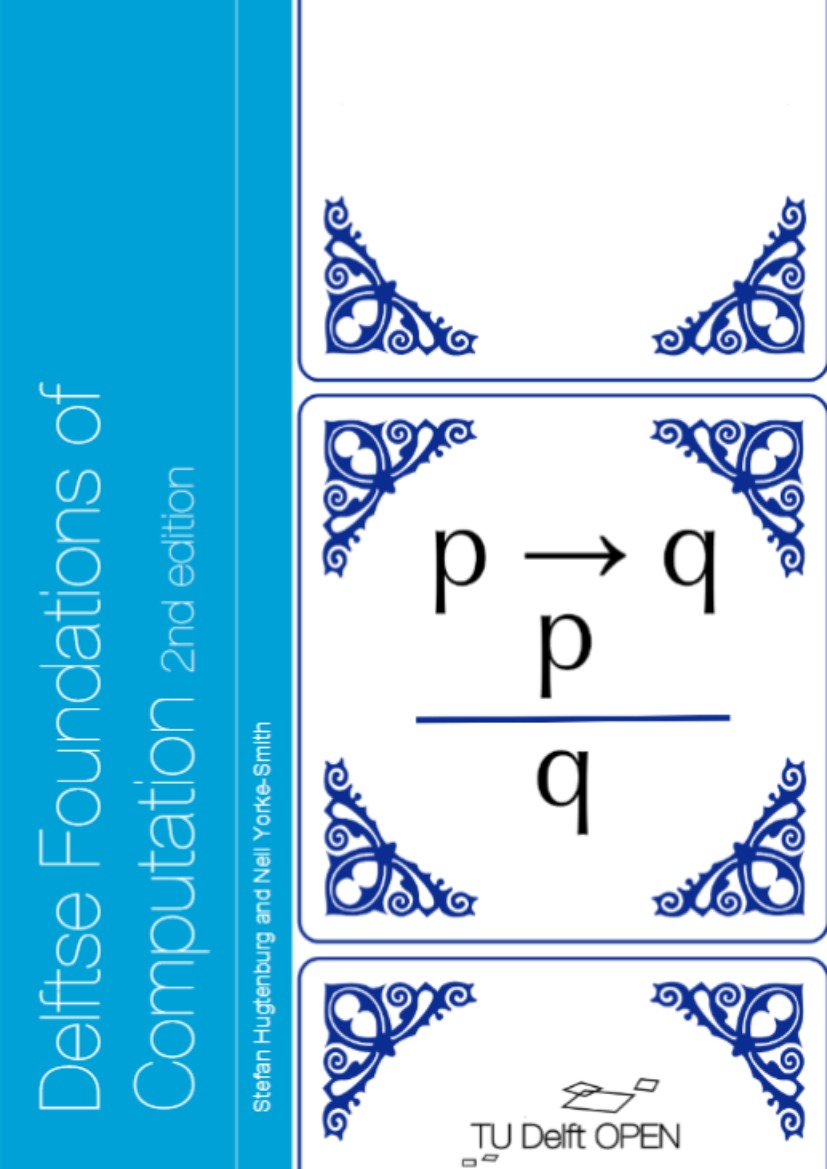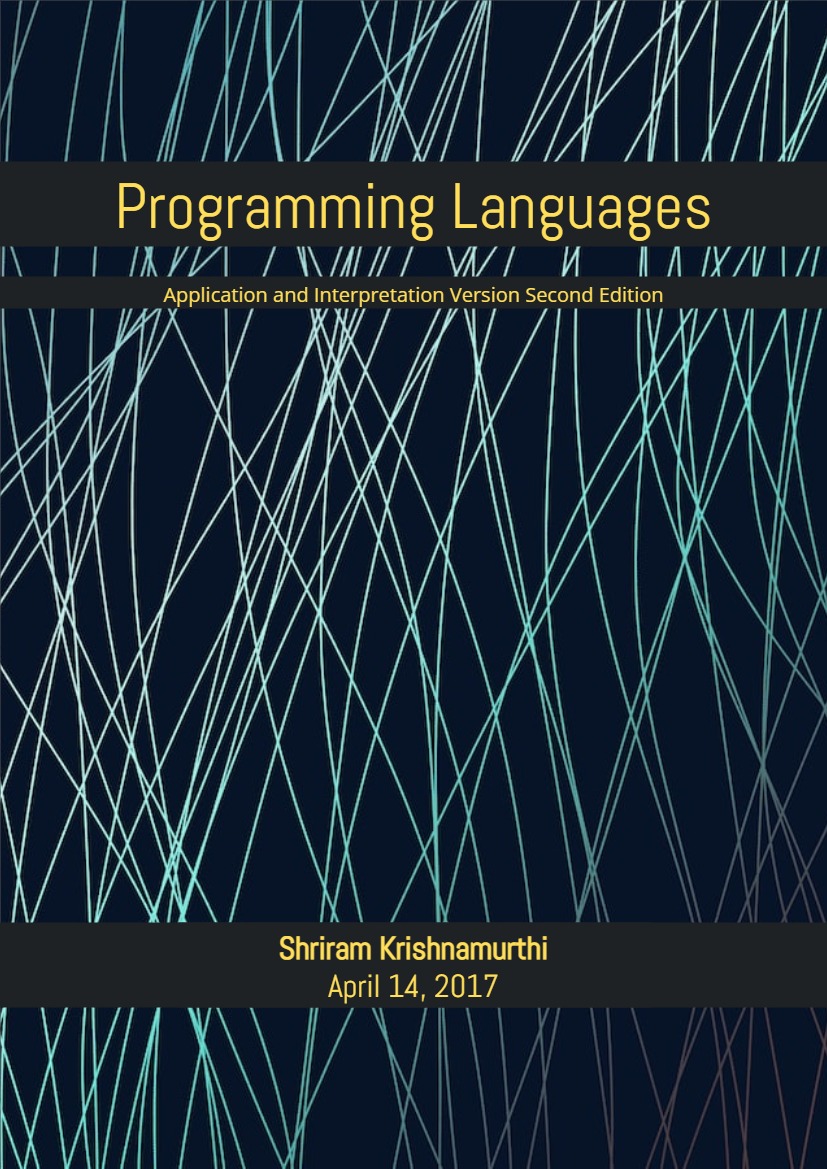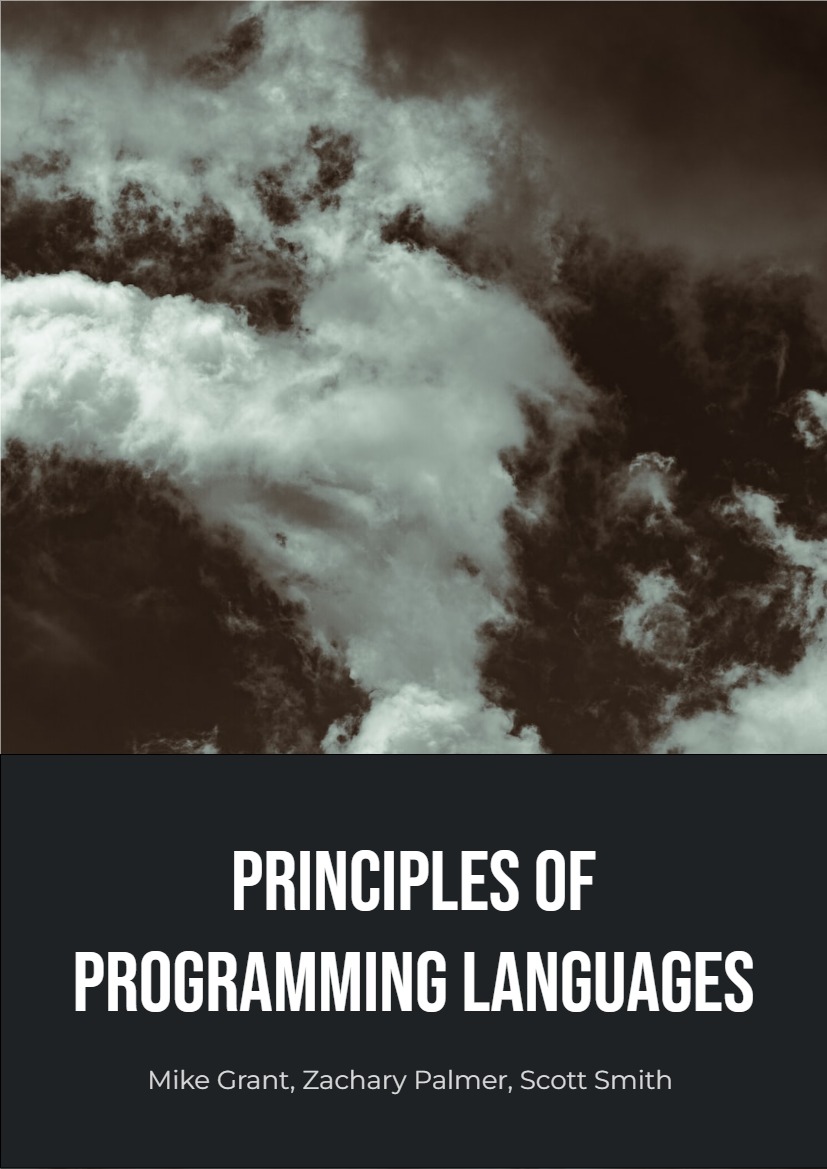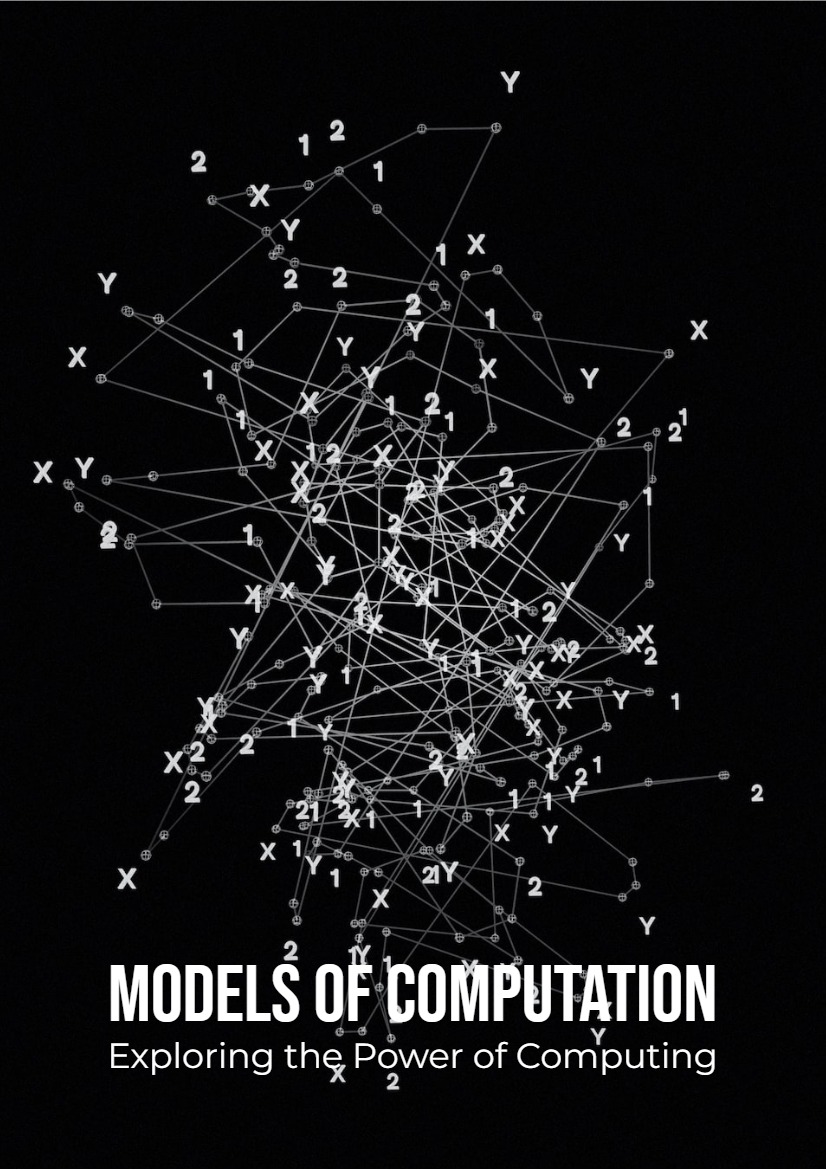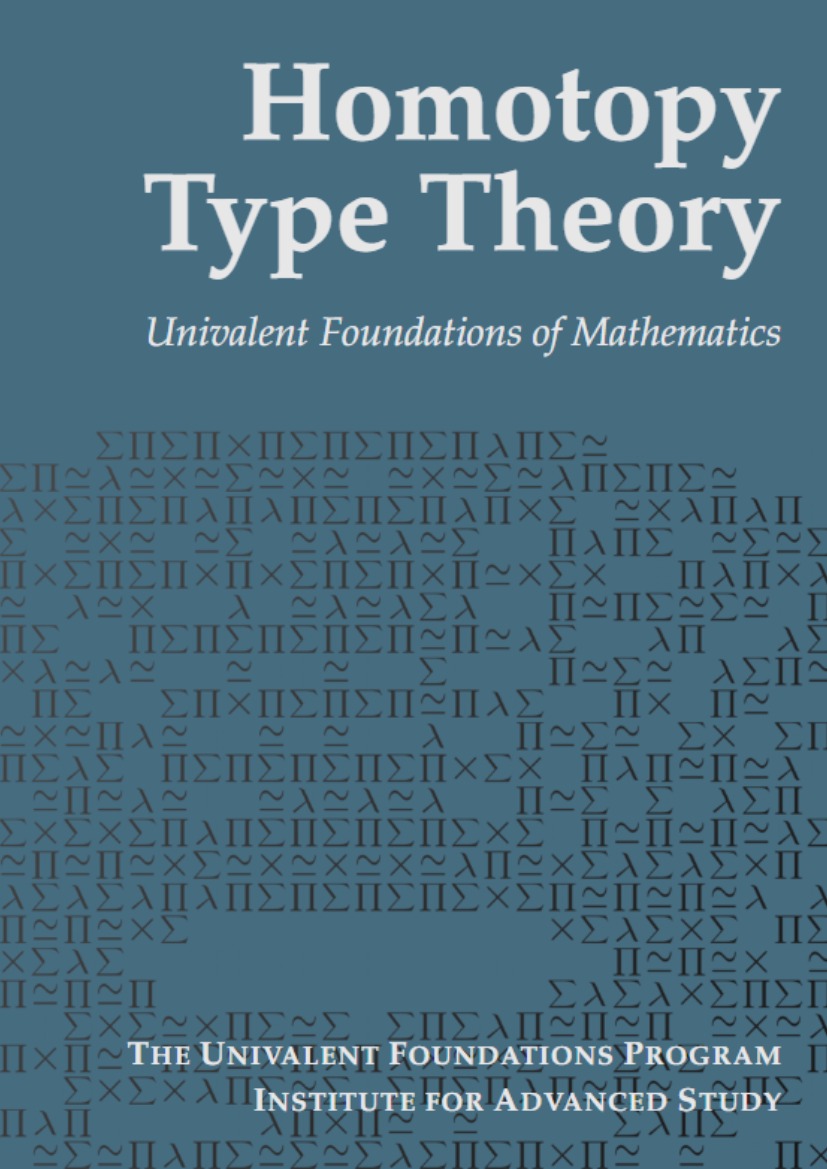Category: The Essence of Composition
A category is an embarrassingly simple concept. A category consists of objects and arrows that go between them. That’s why categories are so easy to represent pictorially. An object can be drawn as a circle or a point, and an arrow… is an arrow. (Just for variety, I will occasionally draw objects as piggies and arrows as fireworks.) But the essence of a category is composition. Or, if you prefer, the essence of composition is a category. Arrows compose, so if you have an arrow from object A to object B, and another arrow from object B to object C, then there must be an arrow — their composition — that goes from A to C.
1.1 Arrows as Functions
Is this already too much abstract nonsense? Do not despair. Let’s talk concretes. Think of arrows, which are also called morphisms, as functions. You have a function f that takes an argument of type A and returns a B. You have another function g that takes a B and returns a C. You can compose them by passing the result of f to g. You have just defined a new function that takes an A and returns a C.
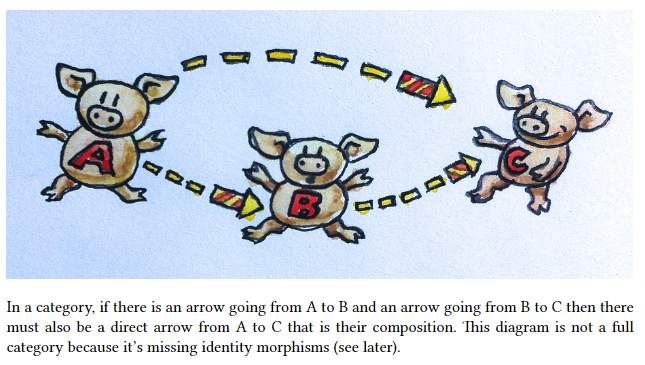
In math, such composition is denoted by a small circle between functions: 𝑔 ∘ 𝑓 . Notice the right to left order of composition. For some people this is confusing. You may be familiar with the pipe notation in Unix, as in:
lsof | grep Chrome
or the chevron >> in F#, which both go from left to right. But in mathematics and in Haskell functions compose right to left. It helps if you read g◦f as “g after f.”
Let’s make this even more explicit by writing some C code. We have one function f that takes an argument of type A and returns a value of type B:
B f(A a);
and another:
C g(B b);
Their composition is:
C g_after_f(A a)
{
return g(f(a));
}
Here, again, you see right-to-left composition: g(f(a)); this time in C.
I wish I could tell you that there is a template in the C++ Standard Library that takes two functions and returns their composition, but there isn’t one. So let’s try some Haskell for a change. Here’s the declaration of a function from A to B:
f :: A -> B
Similarly:
g :: B -> C
Their composition is:
g . f
Once you see how simple things are in Haskell, the inability to express straightforward functional concepts in C++ is a little embarrassing. In fact, Haskell will let you use Unicode characters so you can write com- position as:
g ◦ f
You can even use Unicode double colons and arrows:
f ∷ A → B
So here’s the first Haskell lesson: Double colon means “has the type of…” A function type is created by inserting an arrow between two types. You compose two functions by inserting a period between them (or a Unicode circle).
